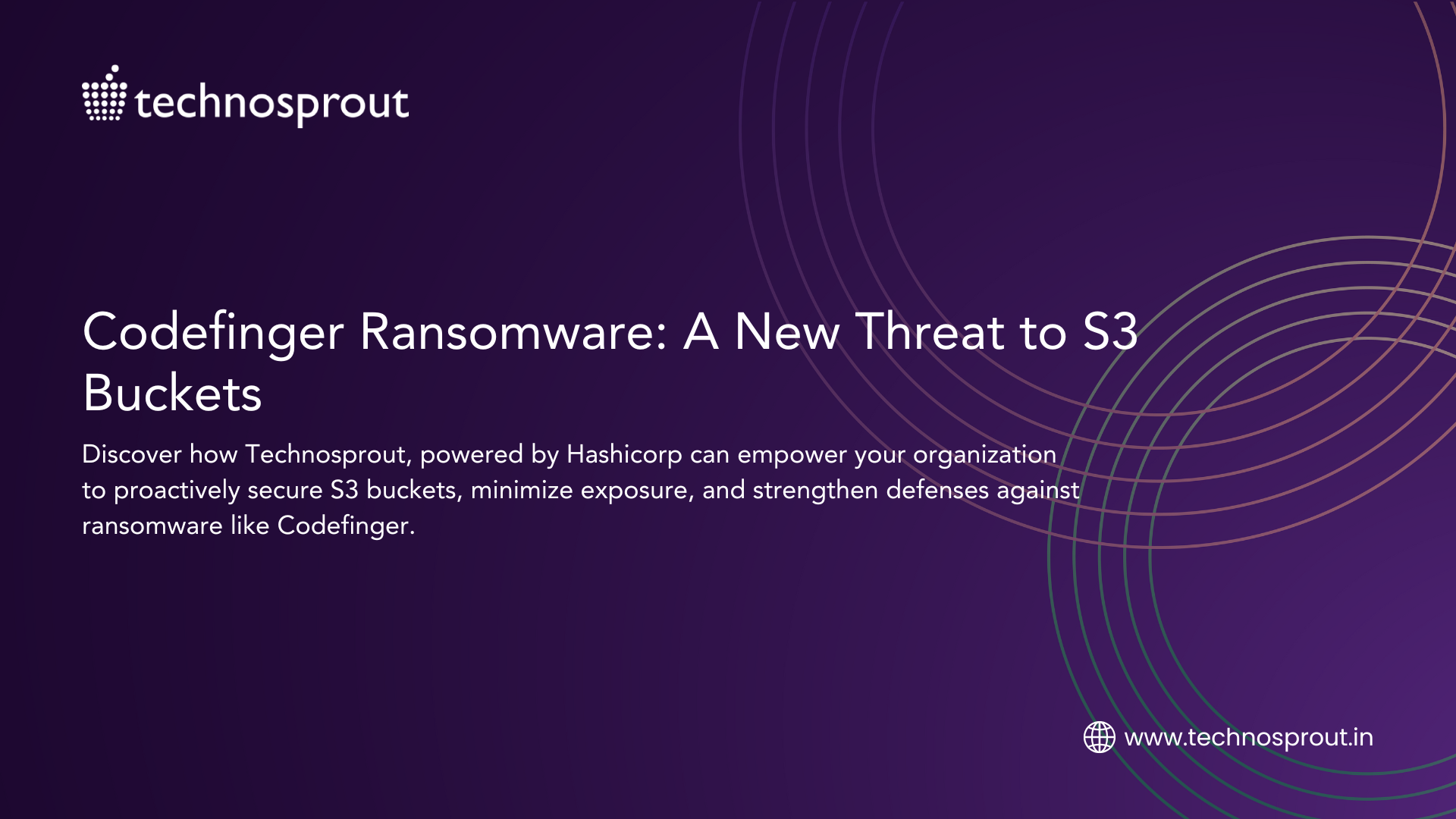In today’s hyperconnected landscape, identity security has become a top priority for organizations. Privileged Access Management (PAM) programs are at the forefront of securing high-risk access—managing critical credentials like passwords, SSH keys, and application secrets. However, as the digital world continues to evolve, we find ourselves on the brink of a passwordless future. But what does this mean for PAM, and how can identity security teams prepare for this new reality?
What Does “Passwordless” Really Mean?
Passwordless authentication is not a new concept. In fact, it’s been part of the security conversation for years. However, meaningful adoption has only taken off recently, with several forms of passwordless methods gaining popularity—ranging from physical authentication factors like USB keys and biometrics to digital methods like QR codes, passkeys, and one-time codes sent via SMS. Notably, standards established by the FIDO Alliance, such as FIDO2 and WebAuthn, have played a significant role in promoting secure and interoperable passwordless solutions.
At its core, passwordless authentication is about simplifying how we validate user identities, aligning with the Zero Trust security philosophy, which assumes that no user or system can be trusted by default. However, passwordless doesn’t eliminate the need to secure high-risk access. Here’s why.
Understanding Passwordless Authentication Factors
Authentication factors fall into three main categories:
- Knowledge factors: Something you know, like a password.
- Possession factors: Something you have, such as a security token or USB key.
- Inherence factors: Something you are, like biometrics (fingerprints, facial recognition, etc.).
Passwordless authentication shifts away from traditional passwords (knowledge factors) and instead relies on possession (e.g., YubiKeys, Passkeys) and inherence factors (e.g., biometrics). However, while these methods abstract passwords from the end user, the passwords still exist in the background, just as they do in modern PAM programs.
Why Passwordless Doesn’t Eliminate All Risks
It’s tempting to think passwordless methods solve the problem of compromised credentials. While they certainly reduce risk, no authentication method is foolproof. Here’s a breakdown of why:
- Physical Theft and Biohacking: Hardware-based methods like USB keys can be stolen, and biometrics are not invulnerable. Biohacking attacks could potentially compromise fingerprint or facial recognition systems.
- Device Breaches: Even advanced methods like phishing-resistant passkeys can be exploited if an attacker gains access to a device’s stored keys. This aligns with the Zero Trust principle of “assume breach,” where we assume attackers could eventually gain access and must take steps to minimize damage.
- Insider Threats: The move to passwordless authentication does not eliminate the threat posed by malicious insiders. Just because authentication methods change, the risk of unauthorized access through bad actors within the organization remains.
In short, passwordless methods are a step forward but are not a panacea. Even in a passwordless world, we need defense-in-depth strategies—layered security measures that ensure that if one defense fails, others stand ready to mitigate the risk.
Why We Can’t Fully Replace Passwords – Yet
While passwordless is a promising future, several barriers prevent full-scale adoption:
- Compatibility: Many systems and devices, such as laptops, servers, and network devices, still rely on built-in local admin passwords. These credentials are often top targets in cyberattacks. For now, PAM programs focus on securing these credentials in a vault, but there’s no clear path to replacing them entirely with passwordless methods.
- Shared Accounts: Many organizations reduce their attack surface by consolidating privileged accounts, allowing multiple users to share the same account for critical systems. These shared accounts usually rely on knowledge-based factors, meaning passwords are still necessary. PAM programs attempt to obscure these passwords from users but can’t eliminate them entirely.
- Service Accounts: Machine-to-machine communications in cloud and on-prem environments typically require service accounts or machine identities, many of which rely on passwords or other secrets to authenticate. Passwordless methods haven’t fully penetrated this space, making credentials indispensable for the foreseeable future.
- Regulatory Compliance: Certain regulations still require the use of passwords with stringent controls like least privilege access, multi-factor authentication (MFA), and audit visibility. Removing passwords entirely could complicate compliance efforts, slowing down operations.
- Backup Access: Passwordless methods need a reliable fallback. In emergency situations, passwords still serve as a trusted backup when passwordless options fail. Many passwordless solutions even rely on hidden credentials in the backend, adding another layer of complexity.
PAM in a Passwordless World: The Reality Check
As identity security matures, vendors like CyberArk have introduced passwordless authentication for their platforms. However, despite claims from various security providers, a fully passwordless world is not here yet. PAM programs must adapt, not only by reducing the number of passwords but by creating intelligent privilege controls that manage both human and machine identities in a hybrid environment.
Five Essential Privilege Controls for a Passwordless Future
Even as we move closer to passwordless authentication, privileged access will remain high-risk, requiring multiple layers of security. Here are five key strategies to maintain security in this evolving landscape:
- Least Privilege Access: Limiting permissions ensures that users and systems have access only to the resources they need. In a passwordless world, this minimizes the potential damage of any compromised account, aligning with Zero Trust principles.
- Session Isolation: Even without passwords, ransomware and malware will continue to be threats. Using proxy servers and bastion hosts to isolate high-risk sessions can prevent compromised devices from reaching sensitive resources.
- Session Audit and Recording: Compliance requirements are unlikely to disappear, and organizations will still need to monitor privileged access. Centralized session reviews across cloud, on-prem, and web applications ensure visibility into high-risk activity.
- Identity Threat Detection and Response (ITDR): Modern PAM programs must use AI and machine learning to detect unusual behavior in real-time, signaling potential threats to the organization’s identity infrastructure. This proactive approach helps mitigate damage from identity-related attacks.
- Zero Standing Privileges (ZSP): Removing standing privileges and implementing just-in-time access reduces the window of opportunity for attackers. Permissions are created on demand and removed after use, securing even passwordless sessions from excessive entitlements.
Conclusion: Navigating the Path to Passwordless
The journey to a passwordless world is filled with promise, but it’s not without its challenges. While passwordless authentication improves user experience and reduces some risks, organizations must continue to secure high-risk access with intelligent privilege controls. PAM programs will play a crucial role in bridging the gap between today’s password-dependent systems and a future where passwords may become obsolete.
In the meantime, a defense-in-depth approach—using strategies like least privilege access, session isolation, and ITDR—will remain critical for protecting privileged access, whether with or without passwords.
How can we help you at Technosprout?
Amidst a myriad of MSSP options in the market, why opt for Technosprout? How can we help? What sets us apart?
Achieving cyber confidence begins with a solid strategy and governance. Technosprout leverages an “Assess, Design, Implement and Manage” four-pronged approach that leads organizations methodically through business transformation throughout the lifecycle
Our managed security services provide customized, comprehensive solutions, addressing specific business needs strategically along with the best certified experts and an experience of 7+ years in the market.
Don’t let your organization be the next target. Empower your organization and secure your privileged users. We help implement and manage your Privileged access partnering with CyberArk for complete risk mitigation. Strengthen your Identity and Privileged Access Management (PAM) with CyberArk Privileged Access Manager and Technosprout Managed Services. Contact Us Today!





